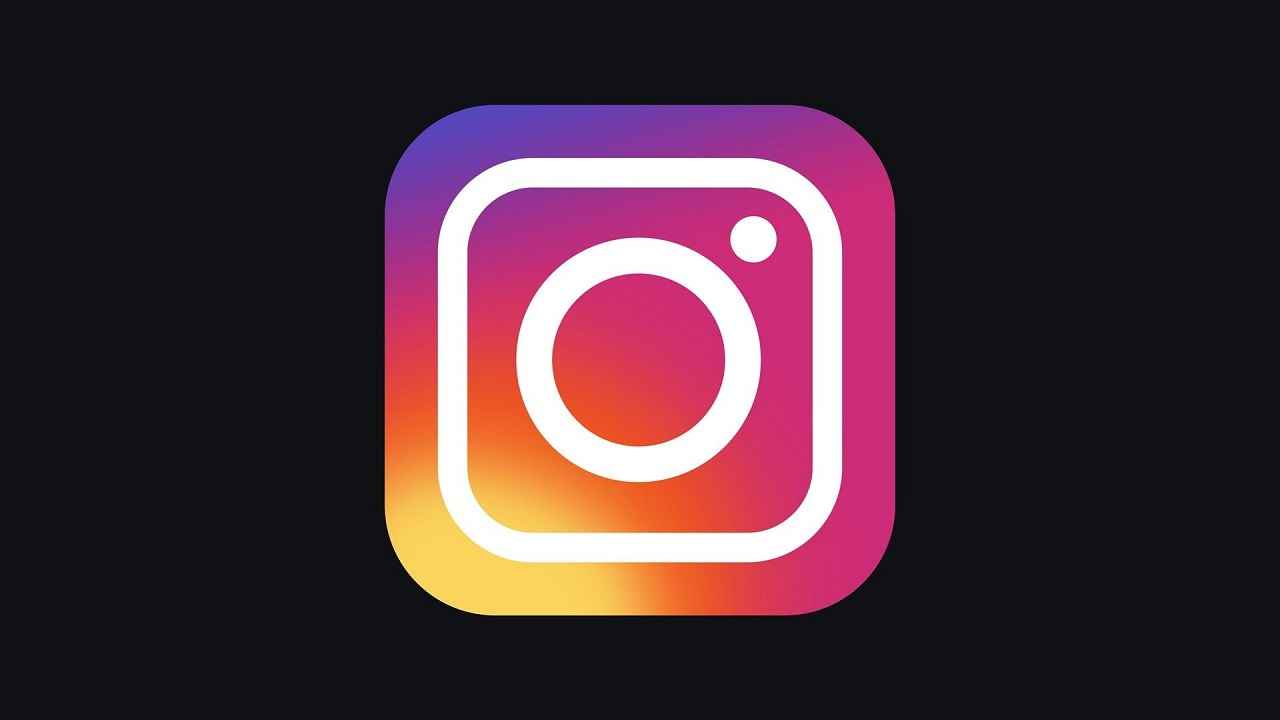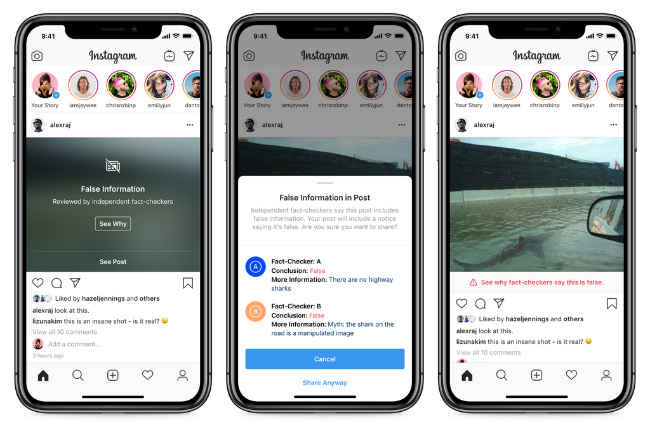Instagram third-party fact checking service goes global to combat fake news

Instagram globally rolls out its third-party fact checking service
Fake and partially fake content will now be labelled on Instagram.
Using image matching, similar instances of fake content will also be labelled.
While Instagram started out as a humble image sharing social network, it has evolved into something much bigger. With IGTV videos one can consume content for hours, submit posts and stories, message others and more, the social media platform has morphed into a full-fledged social network, not unlike Facebook. However, this means that information about numerous topics are being published daily on Instagram and some of the topics are quite sensitive. Naturally, fake news makes its way to such platforms and in a bid to combat it, Instagram is expanding its fact-checking program globally so that fact-checking organisations globally can assess and rate misinformation on the platform.
Back in May, the company started working with third-party fact-checkers in the US for identifying, labelling and reviewing false information. Now, with the global expansion of the program, content that is published around the world will be checked for accuracy and if it is fake, will be labelled as such. As per Instagram’s blog post regarding the fact check service, content can be rated false or partially false by a third-party fact checker. Such content will be removed from Explore and hashtags. Additionally, that media content will be labelled so that one can decide whether to read, trust and share it.
Instagram says it is employing image matching technology to recognise further instances of similar content and label them too. This is supposed to help reduce the spread of misinformation and if something is rated fake or partly fake on Facebook, it will now automatically be labelled the same it is posted on Instagram and vice versa. “The label will link out to the rating from the fact-checker and provide links to articles from credible sources that debunk the claim(s) made in the post. We make content from accounts that repeatedly receive these labels harder to find by removing it from Explore and hashtag pages,” explains Instagram. Instagram says it will leverage technology, and feedback from the community to decide what content needs to be sent for fact-checking.





